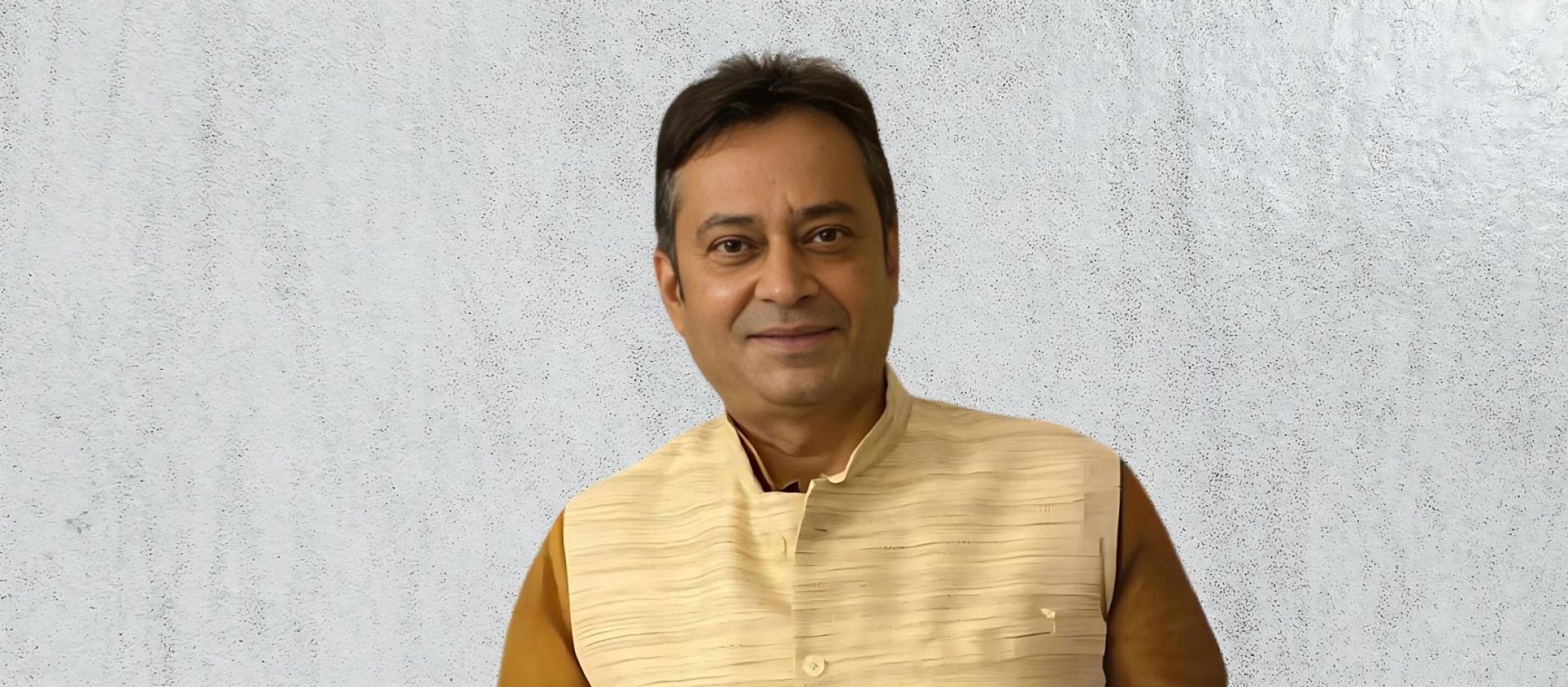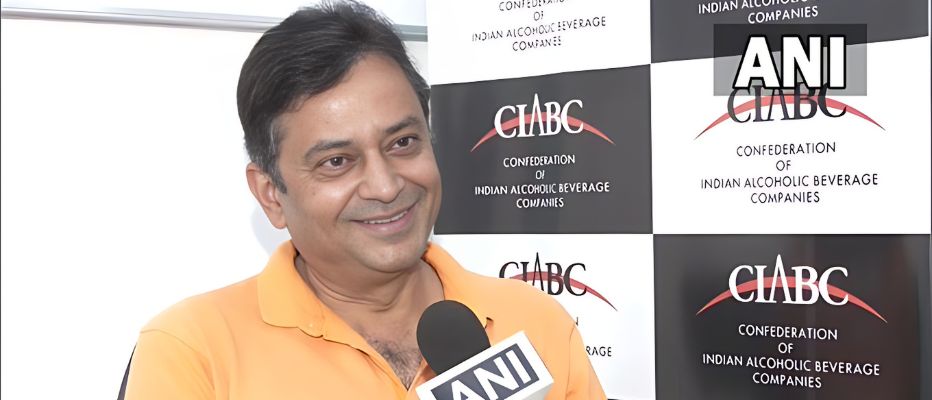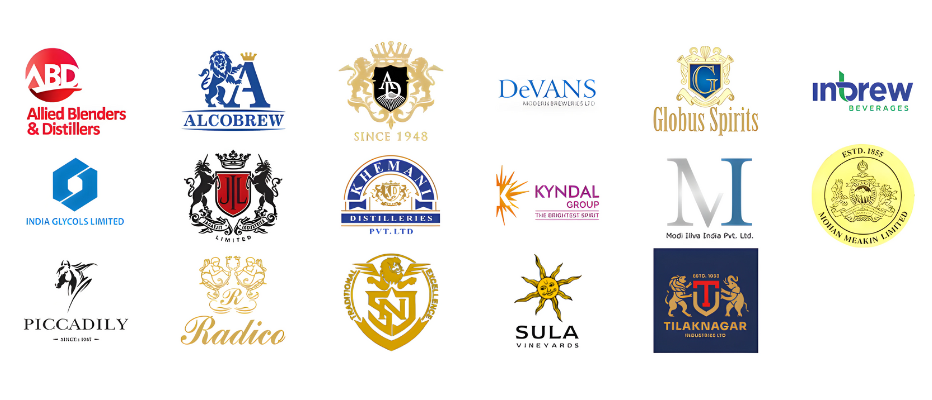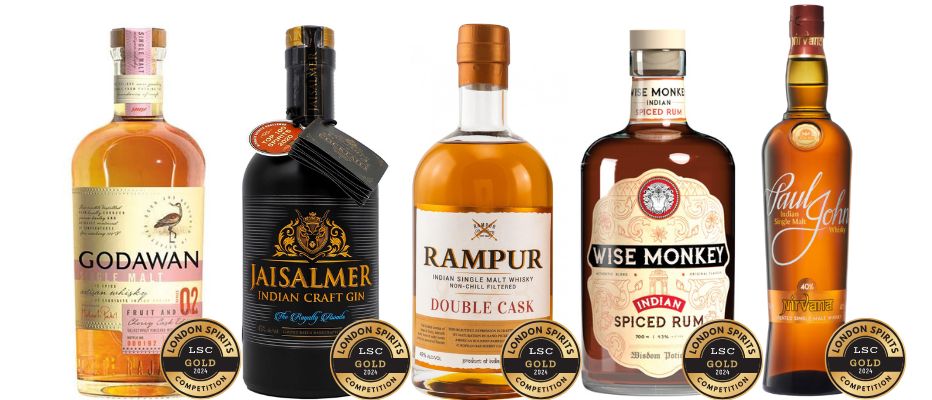Registration Deadline
28 February 2025
Judging
Date
26 & 27 March 2025
Winners Announcement
22 April 2025
28 February 2025
26 & 27 March 2025
22 April 2025

Vinod Giri, with over 33 years of rich experience in the beverage industry, has witnessed and influenced significant transformations within this dynamic sector. As the Director General of the Confederation of Indian Alcoholic Beverage Companies (CIABC), he has advocated for fair trade, sustainable growth, and responsible practices. In this exclusive interview, Vinod shares his insights on the evolving market dynamics, the rise of premium products, and the burgeoning export opportunities for Indian beverages.
All stakeholders in the Indian alcoholic beverage industries have gone through a big shift over time. Rising income and awareness have allowed consumers financial headspace and the desire to experiment with new, premium products. The primary category benefit is shifting from the functionality of getting high to discernment and self-expression which explains the explosive growth in high-end Indian malt whiskies and craft gin. Trade in urban centers in India is keeping pace with changes in consumer profiles and purchase behaviors. Swanky stores are replacing dark dingy cages. Manufacturers now display far greater confidence to experiment with products and pricing and compete with the best in the world. Regulators are always behind the curve, but the content and intensity of dialogue between the Governments and the industry have changed. Some states have more and some have less, but they want to engage the industry which was very uncommon just a few years ago. The Indian alco-bev market is changing to a more open, consumer-driven place, and the pace of change is accelerating.
Regulatory policies are the Government’s response to a prevailing context and what CIABC has done well in the last few years is to create an echo chamber of positive noises for the industry. That has helped change the tone of public discourse. The media has moved from naysaying to appreciation - gone are the prohibition narratives and what one reads and hears about is the success of Indian single malt whiskies, the popularity of Indian craft gin, the emergence of a new wine culture, etc. A positive environment gives rise to supportive regulation. The government of India now bats for the Indian industry in FTAs, Indian missions abroad are showcasing Indian alco-bev products, the Export Promotion Authority is working with CIABC to boost exports, and state Governments now tom-tom their excise collections. CIABC may have successfully resolved hundreds of specific issues over the last few years, but the real achievement of CIABC lies in changing stakeholders’ views and approaches toward alcoholic beverages. That is the key to sustainable industry growth.

Image: Vinod Giri, DG of the Confederation of Indian Alcoholic Beverage Companies, addressing the press. Source - @Vinodgiri.
The FTA with Australia was the first with a major Western country and I am glad to say that the FTA terms are CIABC’s recommendations. The Indian Government has kept CIABC fully engaged and on board with finer details, even sending me over to Australia to resolve technical hurdles. FTA with EFTA has followed the same template. From our side, we appreciate that the Government bats for the domestic industry’s interest, and hence we always remain on hand to work as a bridge between the Government and the industry and represent the country’s best interest in a non-partisan matter.
Premiumization is a natural outcome of rising consumer incomes and greater awareness. It plays up more in an aspirational society like India, where people want to flaunt their recently achieved wealth or success. The industry has responded well by widening product choices to meet changing aspirations. This also fits well with the larger industry challenge of improving operating margins. Premiumization is here to stay, the product price chain will keep lifting - from country liquor to value liquor, from value liquor to mainstream liquor, from mainstream to premium, and so on. Companies must reorient and layer up their brand portfolios with more premium products. Those not acting will be pushed down the value chain.
India-EFTA agreement covers the wine sector only, and not other alcohol categories. However, the larger context is that it’s an FTA with a major European block, and that sets the tone and framework for other FTAs under discussion, especially with the EU and the UK, which will have a greater bearing on the Indian alco-bev market due to the addition of categories like whisky. If similar terms are followed, and non-tariff issues raised by us are addressed, industries on both sides will stand to benefit.

Image: Vinod Giri with Trade Commissioner for South Asia Harjinder Kang (@harjinderkangUK) and Hon. First Secretary Ms. Amber Chandler, UK Agriculture Food and Drink Counsellor at the British High Commission, New Delhi, for stronger trade ties with a mutually rewarding FTA. Source: LinkedIn
We believe that an FTA is not just about reducing tariffs, but is also a larger device to improve trade between two nations. Hence, all barriers, tariff and non-tariff, affecting market access should be addressed. With countries under the UK’s regulatory influence, such as Western Commonwealth nations and the EU, we face a unique problem. The rules there require a spirit to be mandatorily matured in a wooden cask for 3 years (2 years in the case of Australia) to be classified as whisky. The problem is that this rule is custom-made for the Scottish climate, the home of UK whisky, and is not relevant or applicable to other climates. It is a fact that whisky matures at a much faster rate in warmer climates and what is achieved in 3 years of maturation in Scotland can be achieved in just 6-9 months in a place like India. Forcing longer maturation is not only unnecessary for Indian spirits, but it also increases the cost of production. Whisky evaporates under maturation at a rate of 1-2% every year in Scotland compared to 10-15% in warmer India. That increases the cost of production by 30-40% for Indian whisky and makes them simply uncompetitive. Since this rule has no bearing on product quality, it is nothing but a non-tariff measure. Unless this is removed, the majority of Indian whiskies cannot access the UK market. We have been raising this issue and are hopeful for a solution.
There is broad acknowledgment within the Indian Government of the vast untapped export potential of alcoholic beverages. It’s helped by the rise of the Indian Single malt whiskies and craft Gin. CIABC is now engaged with the Government to showcase premium Indian products abroad, through trade fairs and Indian Mission events. We are also working with the Governments to tighten up product standards and certifications to ensure that the quality of Indian exports does not slip.
To start with, we get all members to sign a compliance code. I cannot guarantee every act of every member, but we ensure that no CIABC platform is used for anything that is not ethical, not compliant with the law, or not in line with desired good corporate behavior. We also work as a bridge between regulatory bodies such as environmental authorities, food standards authorities, consumer protection authorities, etc to keep members fully abreast of regulations and expectations from the industry.

Image: Members of CIABC
Whisky is the most popular Indian export. Most of it today goes to the Middle East, Africa and Asia. Europe and Oceania have non-tariff barriers preventing exports. However, recently we have seen rapid growth of Indian Single Malt whisky which is winning critical accolades and consumer markets also in high-value markets like America and even Europe. Indian single malt whisky has a very distinctive nose and palate due to the use of six-rowed barleys and rapid maturation in the Indian climate. Another product category that is doing very well, though off a smaller base, is Indian Craft Gin, which is leveraging famed Indian herbs & spices extremely well.
Malvika: Here are some award-winning spirits from India that picked up gold medals at the London Spirits Competition 2024.

Image: Indian Spirits Winning Accolades at the London Spirits Competition 2024, (Left to Right) Godawan Century, Jaisalmer - Indian Craft Gin, Rampur Double Cask, Indian Spiced Rum, Paul John Indian Single Malt Whiskey Nirvana Unpeated.
CIABC is nothing but the collective voice of the Indian industry. The industry aspires to have a transparent, conducive, and free regulatory environment to operate in. We want to work towards making the industry a happy place, run by regulations that are modern and in step with changing technology and consumer aspirations. It’s a long journey, but we have begun moving fast in the last 4-5 years. As long as every year is better than the last one, the industry will keep growing.
As the Indian alcoholic beverage industry continues to mature, driven by rising incomes, changing consumer preferences, and a supportive regulatory environment, Vinod Giri's vision and efforts with CIABC are paving the way for a brighter future. His emphasis on premiumization, responsible practices, and fair trade reflects a commitment to sustainable growth and global recognition for Indian beverages. With leaders like Vinod at the helm, the industry is poised to achieve new heights, embracing opportunities and overcoming challenges with resilience and insight.
In conversation with Malvika Patel, Editor and VP, Beverage Trade Network
Call for domestic and international submission is now open for London Spirits Competition. Enter your spirits and give your brand a global boost. Register now.